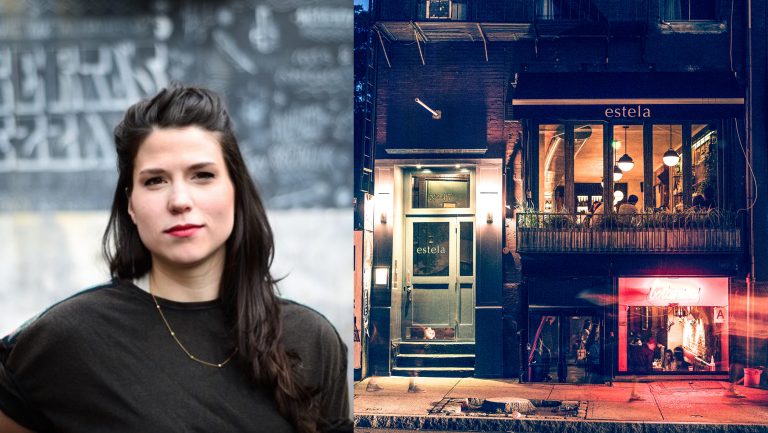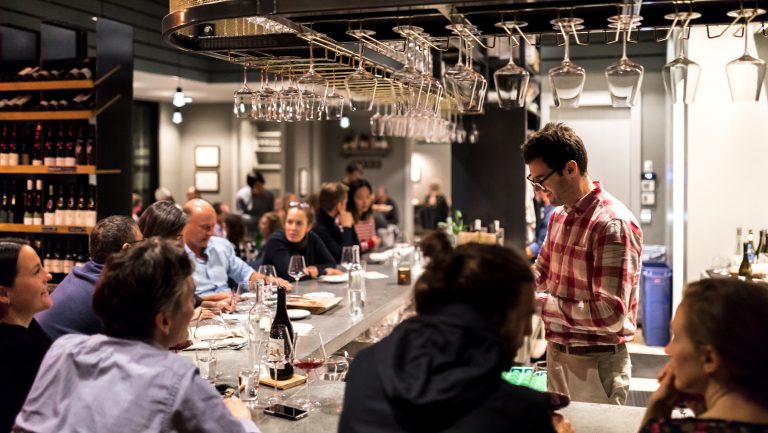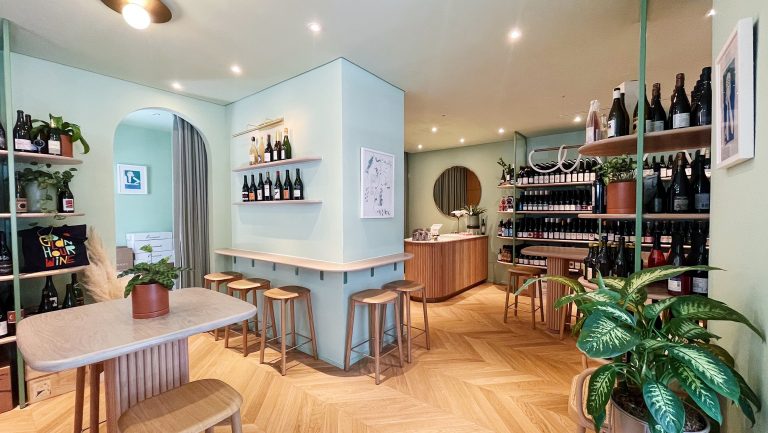The dining public’s interest in wine has been on the rise for some time in the U.S., as has its expectations. At the same time, there are more casual restaurant concepts with strong beverage lists than ever before. Smart, technically correct wine service is no longer the sole dominion of fine dining. But what constitutes proper wine service in a casual spot could—and probably should—be different from the rituals conducted in a three-Michelin-star establishment. The way in which a beverage professional distills the important parts of high-end wine service into a more relaxed environment can have a huge impact on guest comfort and overall experience as well as sales.
When you don’t have an army of sommeliers at your disposal, and incoming staff is high on enthusiasm but low on wine knowledge, how can you elevate wine service? Importantly, how can you make it professional and warm without being formal?
To see where other pros have found success with casual concepts, I talked with June Rodil, MS, a partner in Houston’s Goodnight Hospitality group, which most recently opened Rosie Cannonball; Amanda Smeltz, the beverage director of New York City’s Estela and Café Altro Paradiso; and Rebecca Fineman, MS, and Chris Gaither, the partners and proprietors of Ungrafted in San Francisco. And I thought a bit about what we do at Compline, my own casual wine bar and restaurant in Napa, California.

Don’t miss the latest drinks industry news and insights. Sign up for our award-winning newsletters and get insider intel, resources, and trends delivered to your inbox every week.
The Ritual of Wine Service
If you’ve got the space for a gueridon in a casual restaurant, you probably aren’t maximizing your seats. “Who has the time for that?” Gaither asks. And delivering stemware to the table on a tray may or may not make sense for your concept. But there are components of the formal wine service ritual that should remain in place—elements of service that ensure a better guest experience, even if they go without notice. “Our staff must present bottles properly,” Gaither says, “and they have to open wine correctly and cleanly.”

At Estela and Café Altro Paradiso, Smeltz says she always shows guests the wine label to confirm that it’s what they wanted, “even if a solid 90 percent of them don’t know why I’m doing that!” As a restaurant veteran, she knows that printing errors, inventory movement, vintage changes, and honest mistakes can and do happen. “I do this for all of my guests,” she says, “because a few will really know the producers and will be looking for very specific wines.” In casual restaurants where numerous servers may be opening wines, this simple confirmation that the right bottle is at the table goes a long way.
Other small but crucial elements can really make a restaurant’s service stand out. “A lot of ‘casual’ places are too casual,” Fineman says, citing a lack of attention to glass polishing and other details—details that require care, not knowledge. (No one wants a glass smudged with the last patron’s lipstick.) Opening and pouring a sparkling wine safely and proficiently provides a great nonverbal statement to a guest—We know what we are doing here; ripping off the cage and allowing the cork to point at anyone in eyeshot, on the other hand, is just going to create YouTube infamy. Attention should also be paid to service temperatures: Too many casual restaurants serve all reds at room temperature and all whites at 38°. If you train your staff to do basic wine service right, and instill a desire to want to do it right because they care, you’ve elevated your program.
Staff Education
Training staff to perform wine service is one thing; empowering them to talk comfortably and confidently about wine is another. At Rosie Cannonball, Rodil focuses on helping staff build an educational foundation. “We help our staff find their voices,” she says. “We taste every day, and we spend a lot of time talking about viticulture and vinification. We have 200 wines on the list—if you understand where you are in the world, you can start to figure the rest out!”
At Compline, we work with a lot of classic wines alongside lesser-known varieties and regions; if the staff is super-juiced about that new Hungarian Kadarka or California Trousseau, we talk about “lifelines,” meaning that we draw comparisons to common grapes and wines. Providing guests with benchmarks for reference can increase their trust with a server’s suggestions.
Regarding the training of staff, Smeltz says that servers should be taught just like sommeliers. “I hate that restaurant people think that servers aren’t important and can’t learn about viticulture and historical growing regions and winemaking processes and proper terminology,” she says. “I hate that wine people don’t train all of their people … I’m always trying to train myself out of a job.”
At casual restaurants, guest expectations for wine service—and servers’ knowledge of wines—tend to be low. Upend them! If your guests just want the wine, serve it professionally; if they want the recommendation and the story, then give your staff the tools and the confidence to have that dialogue.

How We Talk to Guests
Wine is a foreign language. Really. It’s full of metaphor and things that don’t really mean what they should. Think about the word dry. We beverage professionals all know what it’s supposed to mean, sure, but how many guests confuse the sensation of drying with dry? And of course they do—it’s confusing!
For most wine professionals, it takes a long time to understand how to simplify wine language to make it more objective and universal. When we take our first steps into the wine geek universe, complexity is part of the intrigue. But complexity is not helpful tableside: We need to make straightforward, clear recommendations if we want to communicate successfully and deliver to guests the wines they really want. Describing wine structure can often be more helpful than describing wine aroma or using adjectives, like “funky,” that are too broad to be meaningful. “We describe tannins and acid over and over again to our staff,” says Rodil, “so they can be more comfortable describing these sensations to guests.”
I find that people tend to share more readily the experience of taste, while smell can be a very personal thing. In other words, telling casual wine drinkers what they should smell is a locked gate; describing what a wine might taste like and determining whether it aligns with their preferences is the door.
Ultimately, we connect best with simple language that our guests understand. We need to be real. Smeltz sums it up: “Be humble, be funny, make eye contact, use plainspoken language, and don’t flood the guest with too much information.” At the casual level, we are actually quite lucky—guests connect to the service staff in a much more personal way.
Rodil notes that in casual settings, guests are interested in what a server actually enjoys, whereas interactions in formal settings often occur in the third person. You describe the experience guests should expect instead of sharing the experience that you love. “At a casual setting, you are sort of at the same party,” Rodil says. “In formal dining, you have to be invited to the party. It’s more didactic.”
Making It Work
“Before we opened Ungrafted, Rebecca and I sat down together,” Gaither recalls, “and we asked ourselves what annoys us and what impresses us when we go out. It was pretty easy from there to divide everything into ‘keep’ and ‘throw away’ piles.” Think about what is really essential when elevating wine service. “Some guests don’t like the pomp,” adds Fineman, “and in some circumstances, it takes away from the experience rather than adding to it.”
Distill what is necessary from the rituals of formal wine service to ensure professionalism without pageantry, connect with guests, and keep your staff engaged. That’s how you elevate wine service in a casual setting.

Dispatch
Sign up for our award-winning newsletter
Don’t miss the latest drinks industry news and insights—delivered to your inbox every week.
Matt Stamp is co-owner of Compline Wine Bar and Restaurant in downtown Napa.







